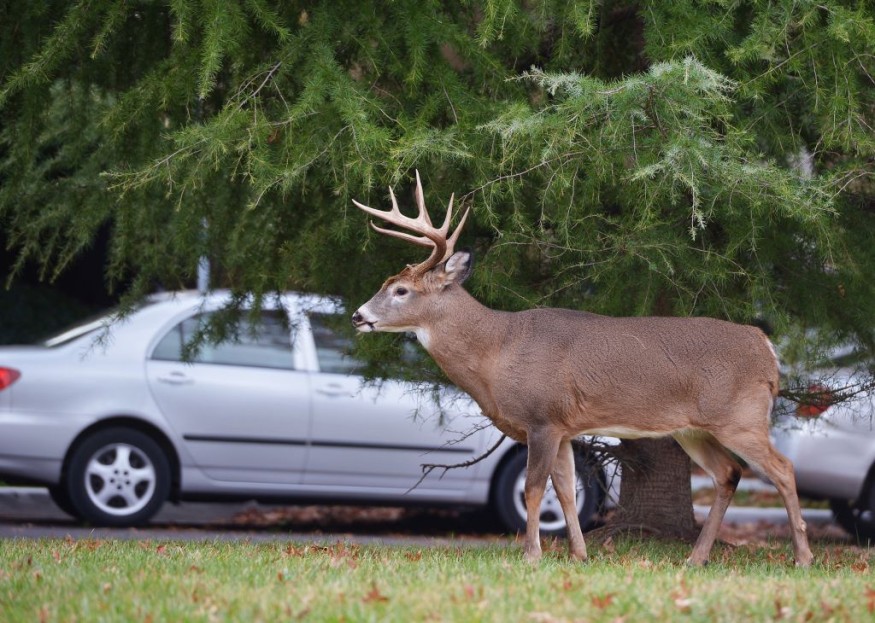Daylight saving time (DST) as a permanent practice could eventually reduce deer-vehicle collisions in the United States, according to a new study published earlier this week. The researchers assert that advancing clocks to make darkness fall at a later clock time is a key element to help people mitigate or avoid colliding with deer on the road.
Daylight Saving Time

The new study was published in the journal Current Biology on Wednesday, November 2, wherein researchers from the University of Washington determined that thousands of deer could be saved in the US annually by making DST permanent. The study suggests such move could reduce the number of deer-vehicle, which can potentially save not only deer but also dozens of human lives.
The new paper estimates that up to 36,550 deer deaths, 33 human fatalities, and 2,054 human injuries could be prevented each year by stopping the switch from daylight saving to time to standard time during the autumn season. The paper argues that permanent DST would allow for additional light during peak traffic hours, which would improve ground visibility for motorists and avoid hitting deer.
The team involved in the paper was surprised at the magnitude of the results, wherein researchers previously thought deer collision figures could "balance out" more evenly with a later sunrise and an earlier sunset, according to study co-author Laura Prugh, an associate wildlife science professor at the University of Washington, who told USA Today.
Deer-Vehicle Collisions
The University of Washington researchers arrived with their conclusion by analyzing over 1 million deer collisions and 96 million hourly traffic observations, determining collisions are 14 times higher in the two hours period after sunset than before sunset. In particular, the following assessments were made by the team:
- Nighttime traffic and deer-vehicle collisions are more prevalent during standard time.
- Deer collisions increase by 16% in the week after the autumn clock change.
- Year-long DST would reduce collisions, saving approximately $1.2 billion annually.
The research stems from the existing practice in the US where there is a twice-yearly shift in timekeeping between DST and standard time which allows humans to delay their perceptive tracking of sunrise and sunset, making mornings darker and evenings brighter, the American Association for the Advancement of Science (AAAS) summarizes.
The AAAS reported that citizens, policy experts, lawmakers, and scientists have debated about abandoning the twice-a-year switch and implementing either the year-round standard time or DST.
Animal-Vehicle Collisions
The chances of a person on a vehicle hitting an animal are 1 out of 109, which increased during 2021-2022 over the 2020-2021 previous odds of 1 out of 116; this likelihood doubles during the deer season every year from October to December, according to CarInsurance.com.
Across the US, West Virginia is the leading state in terms of one will most likely hit an animal for the second consecutive year in a row, according to the 2022 State Farm annual analysis, as cited by CarInsurance.com. Meanwhile, the states of Montana, South Dakota, Michigan, and Pennsylvania follows the Mountain State in terms of ranking of the worst states for animal-vehicle collisions.
© 2025 NatureWorldNews.com All rights reserved. Do not reproduce without permission.





